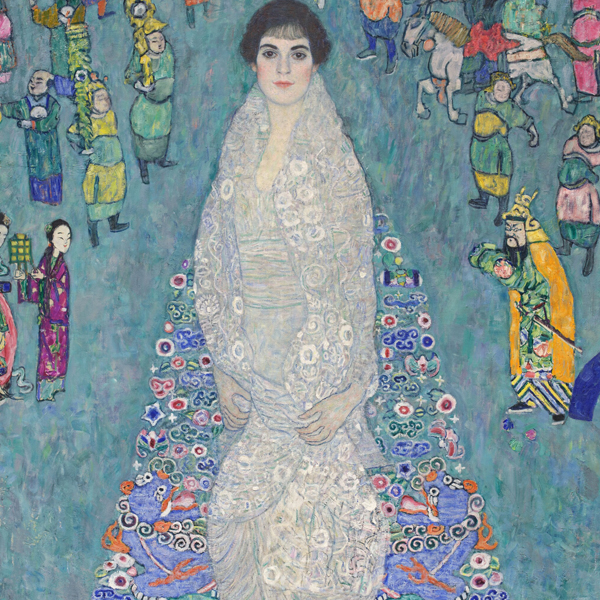
Infrared photography used on Edvard Munch's “The Scream” at the National Museum of Norway. (Photo: Annar Bjorgli/The National Museum)
Etched into the paint of one of the most famous paintings in the world, a haunting eight-word sentence has been a mystery to art historians for over a century. In 1904, a Danish art critic peering at Edvard Munch‘s The Scream noticed graffiti along the rolling clouds of the blood-red sunset. The sentence reads, “Can only have been painted by a madman.” The mysterious statement—clearly added sometime after the painting's debut in 1893—was long thought to be added either by a disgruntled onlooker or perhaps the artist himself. The century-old debate has finally been settled by modern technology. Using infrared photography to compare handwriting to Munch's letters and journals, experts at the National Museum of Norway claim the words are in fact the artist's own.
As part of Norwegian Expressionism, Munch painted several versions of The Scream. The painting with the hidden message is the original, dating to 1893. According to the artist, he got the idea for the haunting image when he experienced a hallucination on a sunset walk. The feeling of pain which radiates from the central figure was quite disconcerting to audiences when the painting was first exhibited. Suggestions were made that the work indicated the artist's mental state. For this reason, scholars have wondered if an anonymous hand had carved the message calling Munch a “madman.”
While closed for construction, the National Museum chose to inspect Munch's painting under infrared light. The images produced give a clearer outline of the words written upon the painting. Experts then compared the handwriting to known examples by the artist. They have come to the conclusion that the hand is one and the same. But why would Munch etch this sentence into his own painting? It is known that Munch took criticism of his mental state very much to heart, as he had a family history of mental illness. According to a statement from the museum: “It is likely that Munch added the inscription in 1895, or shortly after in response to the judgment on his work.”
Munch was a tortured soul by his own admission, and would struggle with alcoholism and mental illness later in life. He once wrote, “Illness, insanity, and death were the black angels that kept watch over my cradle and accompanied me all my life.” His most famous painting, The Scream, has inspired countless depictions of pain—including the famous Scream mask. Thankfully, the later years of his life were ones of commercial success and sunnier-feeling paintings. Munch died in 1944, while Norway was under Nazi occupation. His work had earlier been purged from German museums by the Nazis. To this day, 11 of those works have never been recovered. Many others can today be seen on view in Norway, where the National Museum will reopen in 2022.
Edvard Munch's The Scream holds a hidden message which has puzzled scholars for a century.

“The Scream” by Edvard Munch, held at the National Gallery of Norway. (Photo: Wikimedia Commons [Public domain])
The inscription implies the painting was done by a “madman.”

Infrared photography used at the National Museum of Norway. (Photo: Annar Bjorgli/The National Museum)
The question has long been, was the statement written by an onlooker or the artist himself?

Close up of “The Scream” with barely visible graffiti. (Photo: Borre Hostland/The National Museum)
With infrared photography and handwriting analysis, the National Museum of Norway discovered Munch himself wrote the graffiti.

The hidden graffiti under infrared light. (Photo: Borre Hostland/The National Museum)
The Scream and its hidden graffiti will be on view when the museum reopens in 2022.

“The Scream” under infrared. (Photo: Borre Hostland/The National Museum)
Related Articles:
5 Famous Allegorical Paintings That Carry Hidden Meanings Waiting to Be Discovered
Modern Technology Reveals a Hidden Painting Underneath Picasso’s ‘The Blue Room’
Watch as 200 Years of Varnish Is Wiped Away From a 17th Century Oil Painting
20+ Modern Twists on Edvard Munch’s Masterpiece ‘The Scream’






















































































